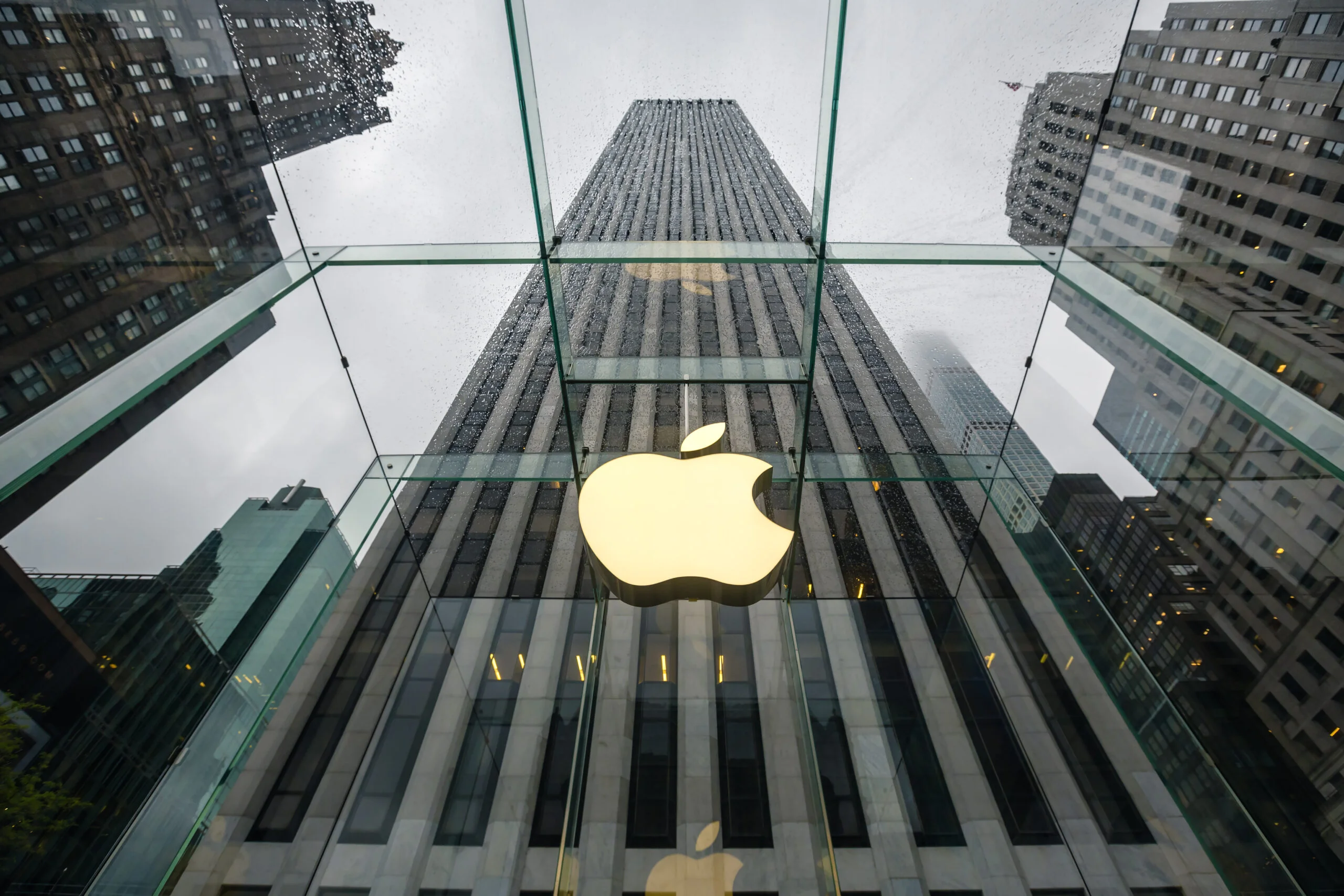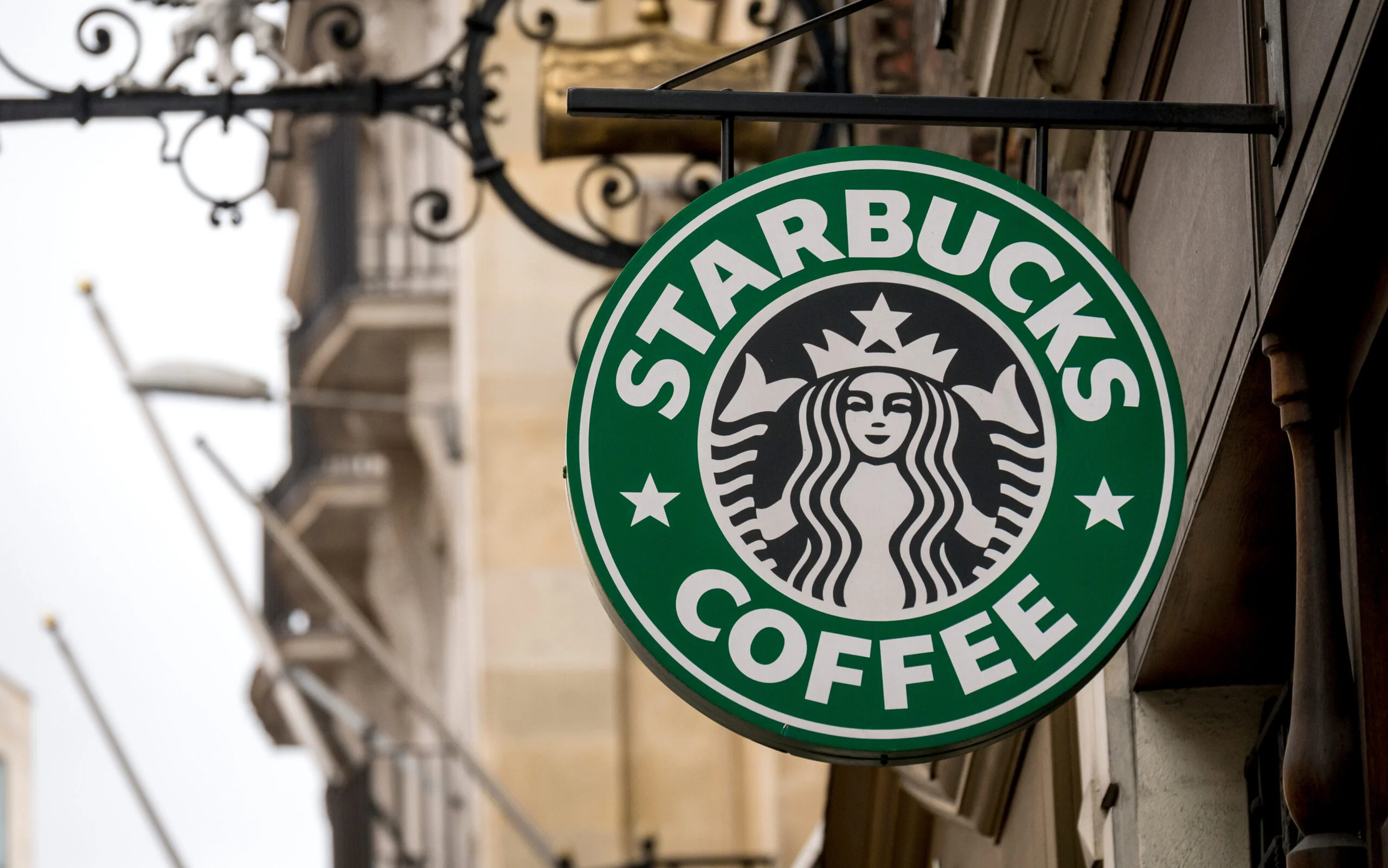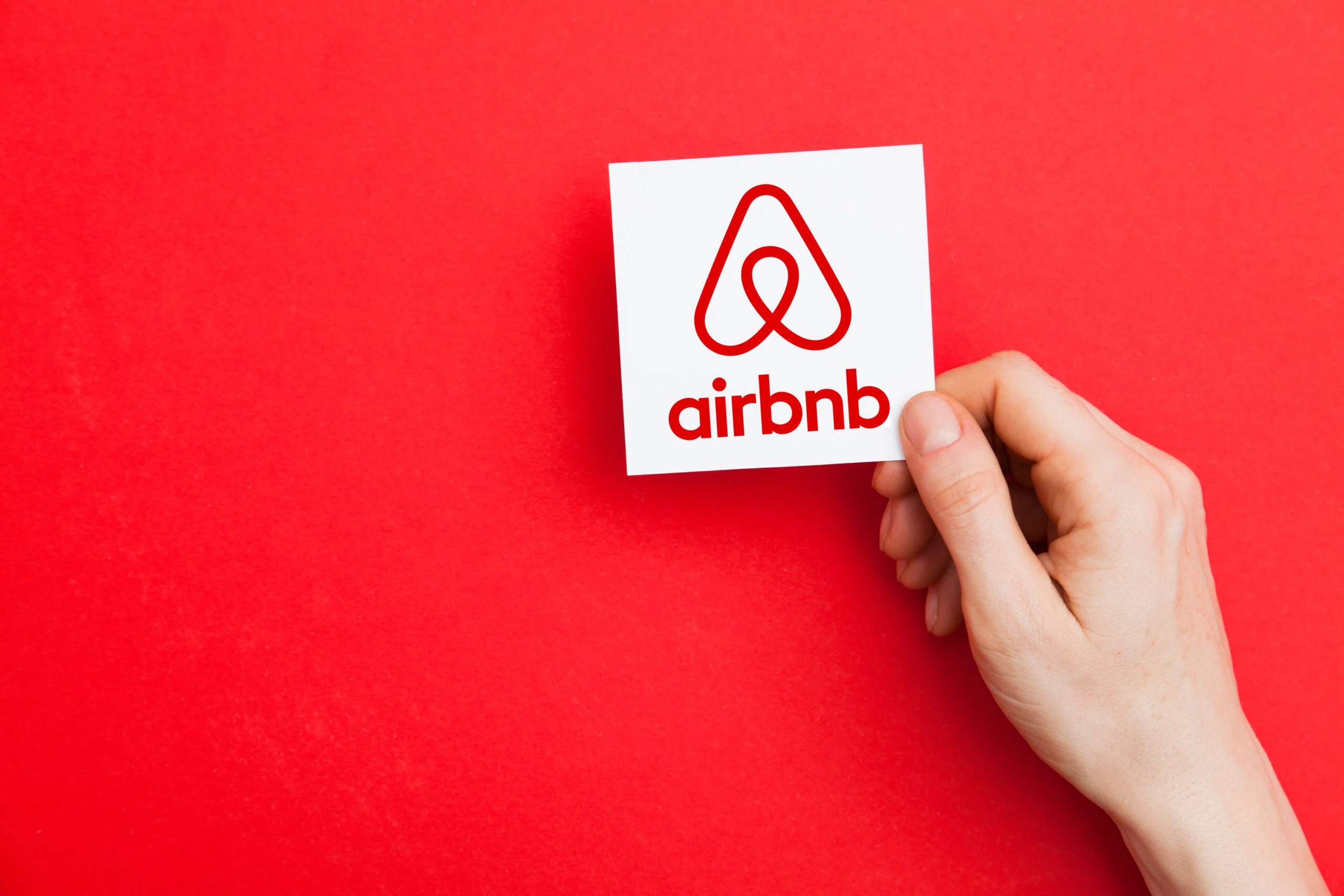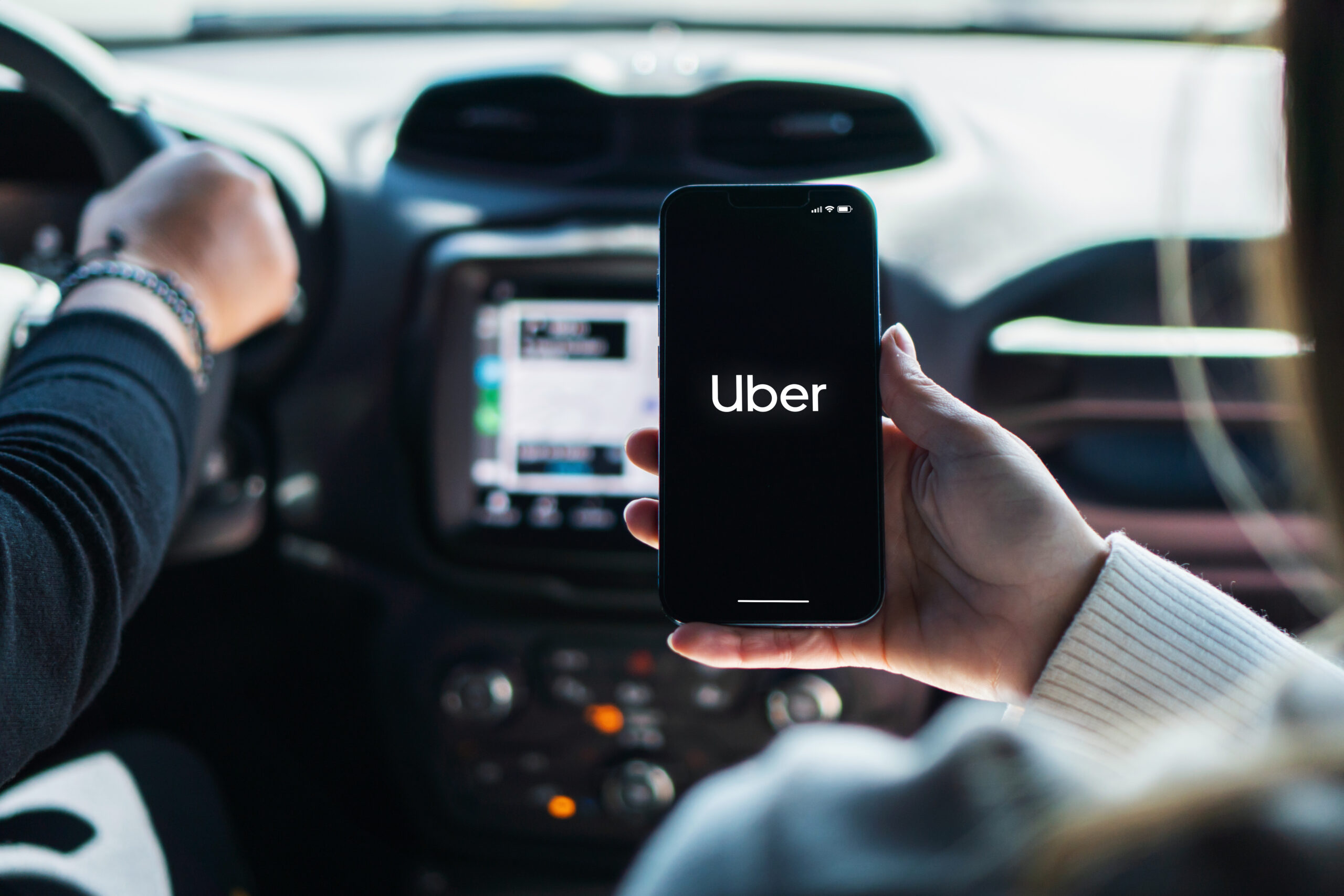We'd like to explain... our recent rebrand.
We recently decided to update our logo from the old text VOVO logo to a new logo that incorporates a heart-shaped icon for several reasons.
Firstly, we wanted our logo to better represent our brand values and mission. The heart-shaped logo represents love, care, and compassion, which are all integral aspects of our business. The heart also represents the ‘V’ in VOVO, with the goal for our customers to be able to identify VOVO from the heart-shaped V alone.
Secondly, we wanted a logo that was more visually appealing and memorable. The old text logo was simple and straightforward, but it lacked the visual impact that a logo with an icon and colour palette can have.
Lastly, we wanted a logo that could be easily recognisable and differentiated from other brands in our industry. By incorporating a heart shape into our logo, we have created a distinctive visual identity that sets us apart from our competitors.
Overall, we believe that this new logo better represents our brand and will help us to connect with our customers on a deeper level.
A look at our new imagery.
What is a rebrand and why would you do it?
What to think about when having a rebrand?
Depending on the overall purpose of your rebrand, there will be different factors to consider. However, the following 5 things will always be considered:
- Reason for rebranding: Understand the motivation for rebranding, whether it is to change the company's image, expand the target audience, or keep up with the changing market trends.
- Brand values: Identify the brand's core values and ensure they are reflected in the new branding.
- Competitor analysis: Analyze the competition and ensure that the rebranding sets the company apart from its competitors.
- Target audience: Identify the target audience and ensure that the new branding appeals to them.
- Budget: Determine the budget for the rebranding process and ensure it covers all the necessary expenses.
Examples of successful rebranding:

Apple, 1997
In 1997, Apple underwent a rebranding process to reflect its new product line and image, and has since been seen as one of the most iconic re-brandings of all time. The company changed its logo by taking the colour out to simplify it, and the slogan changed to "Think Different" to reflect its focus on innovation and creativity. This rebrand led the way for product expansion and marketing campaigns that are still recognised today worldwide.

Starbucks, 2011
In 2011, Starbucks underwent a rebranding to simplify its logo and reflect its focus on the coffee experience. The company removed the words "Starbucks Coffee" from the logo and emphasized the iconic mermaid figure. Despite fans bad reaction to the rebrand, stock prices tripled and the options at Starbucks were expanded.

Airbnb, 2014
In 2014, Airbnb redesigned their logo to encompass their values and give the client a feeling of 'belonging' during their stay in Airbnb properties. This rebrand was the trigger for Airbnb winning numerous design awards, and solidifying itself within the travel industry.

Uber, 2018
In 2018, Uber rebranded in response to customer needs and competition, with the aim of remaining top of the travel industry. Uber decided to make their logo more simplistic, with the black and white design, offering comfort to the customer and a feel of familiarity.
Rebranding can be a powerful tool for companies to stay relevant and competitive in the market. However, it requires careful planning, analysis, and execution to avoid negative consequences. By considering the factors outlined above and following the steps, companies can successfully rebrand and appeal to their target audience while maintaining their core values and mission.
If you’d like help developing your brand or your online presence, please contact us using the button below.

